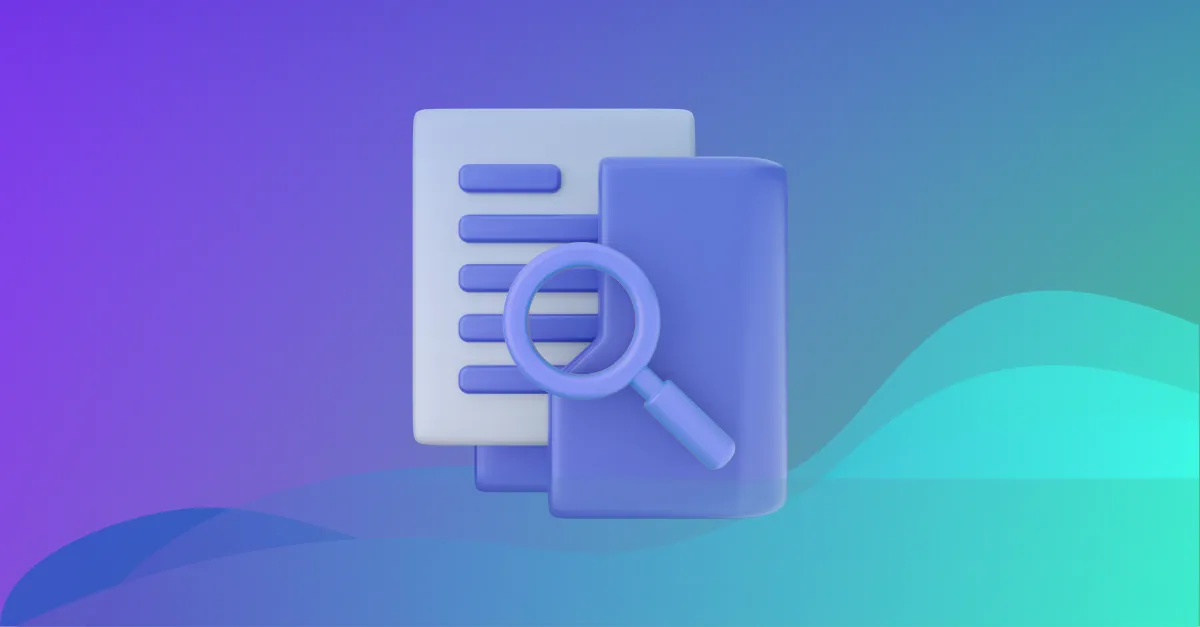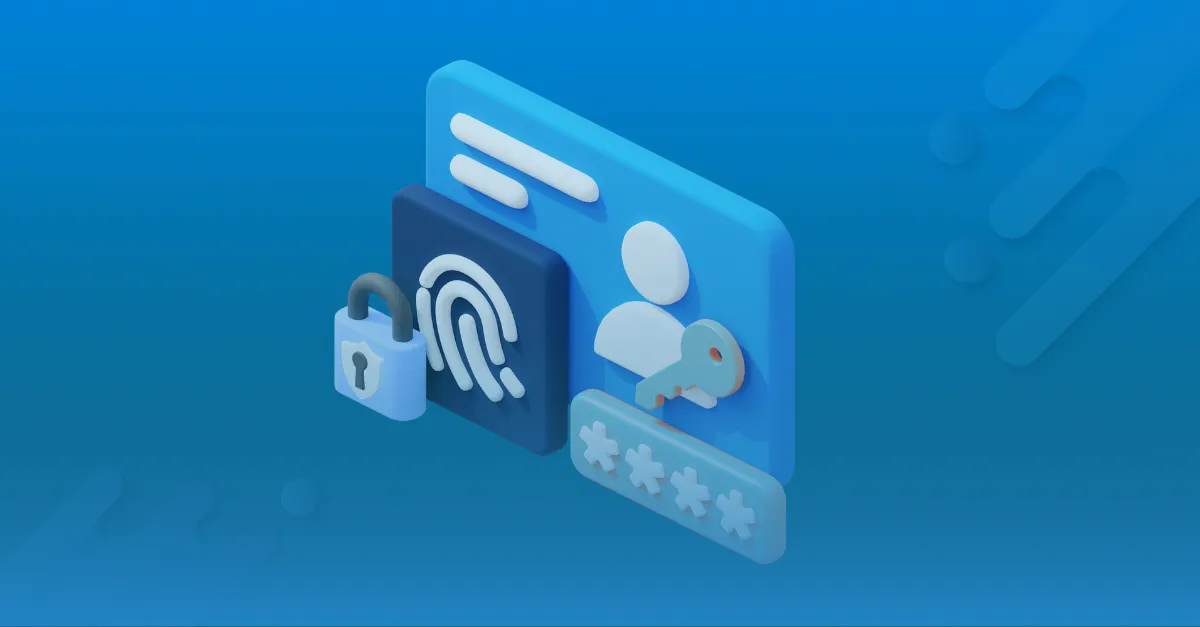
Until recently, security testing was carried out at the end of the development cycle, after application testing.
At this point, security teams would do static analysis (SAST) and dynamic analysis (DAST), among other forms of analysis and security testing.
The results of security testing would either allow the program to be deployed into production or reject it and return it to developers for correction.
This resulted in lengthy development delays or an increased risk of releasing software without the essential security safeguards.
What is shift left security?
Shift left security is a software development and security concept that emphasizes integrating security practices and considerations earlier in the software development lifecycle (SDLC), as early as the “left” stages of the development process.
The term “shift left” is used to highlight the idea of moving security practices closer to the beginning of the development timeline, rather than addressing security concerns only at later stages or after deployment.
The Software Development Life Cycle (SDLC) comprises of 4 steps, namely Development, Build, Test, and Deployment.
Developers being at the left-most part of the cycle, anything that is moved towards them is shift left.
However, simply handing developers a list of issues to fix or providing them with a tool designed for the security team is not enough to shift security left.
For proper implementation, developers need developer-friendly tools and ongoing support from the security team.
What is the importance of shift left security?
Shift left security offers several important benefits for organizations and software development teams. By integrating security practices and considerations earlier in the software development lifecycle (SDLC), organizations can significantly enhance their security posture and reduce risks. Here are some key reasons why shift left security is important:
1. Early vulnerability detection
Identifying and addressing security vulnerabilities early in the development process helps prevent vulnerabilities from propagating into the final product.
This reduces the chances of security breaches and minimizes the cost and effort required to fix vulnerabilities at later stages.
2. Cost-effectiveness
It is generally more cost-effective to fix security issues during the early stages of development rather than after deployment.
Fixing vulnerabilities later in the SDLC, especially in production, can be more time-consuming and expensive.
3. Reduced security risks
By implementing security practices at the beginning of the development process, organizations can proactively address potential risks and threats, leading to more secure software products.
4. Enhanced collaboration
Shift Left Security promotes collaboration between development, operations, and security teams.
This collaboration ensures that security concerns are integrated into the development process, leading to a more holistic and well-rounded approach to security.
5. Improved developer awareness
Educating developers about secure coding practices and providing them with tools and guidance helps raise awareness about security concerns.
Developers become more vigilant and knowledgeable about potential vulnerabilities.
6. Faster development cycles
Addressing security issues earlier in the SDLC prevents the need for last-minute rework, which can slow down development cycles. This results in faster and more efficient software delivery.
7. Long-term cost savings
While there might be upfront investments in training, tools, and processes for Shift Left Security, the long-term cost savings resulting from reduced vulnerabilities and security breaches can be substantial.
In short, shift left security is essential for creating secure and resilient software products while maintaining efficient development processes.
What are the common issues faced while trying to shift security to the left?
There are certain issues faced by teams trying to shift security to the left, and some of them are:
1. Lack of awareness regarding common security flaws
The key to implementing code hygiene is being aware of the most prevalent cyber security threats and, as a result, being able to prevent them.
2. Lack of collaboration with infosec team
The InfoSec team plays a key role in implementing security and the failure to include them in the development phase is a major issue in the era of threats getting evolved in tandem with technology.
3. Delayed involvements of the infosec team
In most cases, the Infosec team only gets involved post the SDLC. Such conditions are much expensive in terms of making changes to the “vulnerable” product that’s already released.
4. Lack of required number of infosec employees
According to reports, infosec teams are often poorly staffed. Even large companies only have a ratio of 1 infosec person per 10 infrastructure people per 100 developers.
What are the benefits of shift left security?
Shift left security offers numerous benefits to organizations and software development teams by incorporating security practices earlier in the software development lifecycle (SDLC). Here are some key benefits:
1. Early vulnerability detection and mitigation
By identifying security vulnerabilities and issues at an early stage, teams can proactively address them before they become more challenging and costly to fix.
This leads to more secure and resilient software.
2. Reduced costs
Fixing security issues during the early stages of development is generally less expensive than addressing them in later stages or after deployment.
This helps avoid the high costs associated with emergency fixes, downtime, and potential breaches.
3. Improved code quality
Integrating security practices encourages developers to write more robust and secure code. This results in fewer vulnerabilities and higher overall code quality.
4. Faster development Cycles
Addressing security concerns early prevents the need for last-minute rework and delays. This accelerates development cycles and allows for quicker software delivery.
5. Enhanced collaboration
Shift Left Security promotes collaboration between development, operations, and security teams. This collaboration leads to a better understanding of security requirements and better alignment between teams.
6. Developer empowerment
Educating and empowering developers to incorporate security into their coding practices empowers them to take ownership of security and become proactive in identifying and mitigating vulnerabilities.
7. Compliance and regulatory alignment
By addressing security early, organizations can ensure that their software products adhere to industry regulations and compliance standards from the outset.
What are shift left security tools?
Shift left testing and tools enable organizations to release software more frequently by avoiding typical bugs and security issues.
It looks for known vulnerabilities and classifies the results, which is useful to identify the trends and patterns of the current system.
Most popularly, there are five shift left security tools and they are:
1. Software Composition Analysis (SCA)
These tools help in identifying the known vulnerabilities and notify the user/authorized person about the patches or updates. It helps to analyze all sourced software components and libraries.
2. Static Application Security Testing (SAST)
These tools identify weaknesses that may lead to vulnerabilities and generate a report. It is by structural testing with access to source-code at rest.
3. Dynamic Application Security Testing (DAST)
These tools analyze operating code to identify issues with requests, responses, scripts, interfaces, injections, authentication, and sessions using the technique of fuzzing.
It is specification-based testing while the application is running and does not require in-depth knowledge of how the system works internally.
4. Application Security Testing as a Service (ASTaaS)
AsTaaS is the combination of static and dynamic security methods, which includes penetration testing and evaluation of APIs.
The organization seeks help from an external company to perform all security tests on their applications.
5. Interactive Application Security Testing (IAST)
IAST is also a combination of static and dynamic tools, and it performs testing on the data flow and application using pre-defined test cases. It recommends additional test cases based on the results.
Th four best practices for shift left security
There are several practices that can be implemented to shift security to the left and the best options would be to:
1. Conduct assessment on how and where software is created
Prior to implementing shift left security, it is required to understand how the development pipeline works, and how the code moves from development to production, and the technologies used throughout the process.
2. Implementation of security fixes as the code is developed
Security must be introduced into the development process as it occurs and used to provide on-time feedback as soon as possible.
With this, the developers can implement fixes prior to the release and save the organization from the loss of a lot of time and money.
3. Automation of security processes
Automation processes help to ease the continuous work which usually takes more time when performed manually. To implement automation, it is required to test the process and integrate captured results with defect tracking tools. And we should assess the existing tools and choose the relevant tools for better implementation.
4. Ensure visibility for all teams
To ensure code is kept secure prior to and posting the release is the basic goal in shifting security to the left of SDLC, and to do this the best practice is to maintain constant visibility for all teams into the application’s performance.
Summing up
Conducting vulnerability assessment and penetration testing post the product release costs more time and money for the organization.
Hence, proper implementation of shift left, and adoption of DevSecOps mindset is required for the enablement of collaboration and knowledge sharing between developers, operation teams and security experts.
While considering the pace of development, it is better to implement security in the development cycle than implement it after release.
![Top 20 cybersecurity consulting firms [2025] Top 20 cybersecurity consulting firms [2025]](https://beaglesecurity.com/blog/images/blog-banner-two-840.webp)



![Top 10 penetration testing companies [2025] Top 10 penetration testing companies [2025]](https://beaglesecurity.com/blog/images/top-penetration-testing-companies-840.webp)






